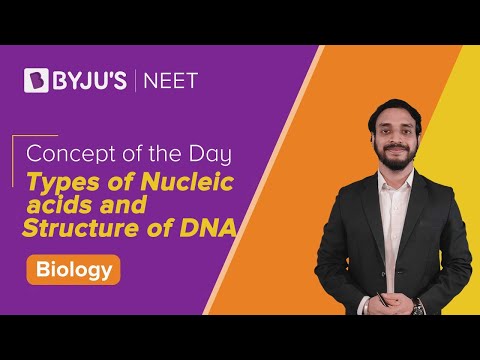Operators and promoters are DNA sequences that help in the process of transcription. Here, let us discuss the differences between a promoter and an operator.
Table of Contents
Promoter
The first step in transcription is the binding of RNA polymerase to a DNA molecule. This binding occurs at particular sites called promoters. A promoter is a segment that is located upstream on a DNA near the transcription start site. They are specific DNA sequences of 20 to 200 base pairs at which many molecular interactions occur. This critical DNA sequence is present in both prokaryotic and eukaryotic cells, but eukaryotic promoters can differ from prokaryotic promoters. The promoter’s mode of activity also differs between eukaryotes and prokaryotes. The core promoter sequence in eukaryotes is known as the TATA box. Two special promoter regions have been identified that typically appear in all organisms. In a region of 5 to 10 bases preceding the coding region is a sequence that reads:
- TATAATG – It is a consensus sequence as it is observed to occur with very little variation in many organisms. In E.coli (bacteria), this region is termed Pribnow box. In eukaryotes, the same region has the sequence TATAAAT.
- TATAAAT or TATA box – It is also termed a Hogness box. This region is believed to orient the RNA polymerase enzyme so that synthesis proceeds from left to right. It is also the region where the double helix opens to form the highly stable open promoter complex.
The binding transcription factors assist RNA polymerase to adhere to the TATA box. This transcription factor alters the promoter sequence and increases its affinity for RNA polymerase binding. Thus, the complex produced with the 7 transcription factors as well as the promoter site constitutes the pre-initiation complex generated during transcription initiation. Once this complex has been produced, eukaryotic RNA polymerase quickly attaches to the promoter and begins transcription.
As prokaryotes lack transcription factors, the method is substantially simpler. The recognition of promoter sequence happens with the help of RNA polymerase and an associated sigma factor.
Operator
A bacterial gene structure has an operator. It is the primary area of DNA to which an operon’s regulatory molecules are attached. The lac operator is the operator sequence found in many prokaryotic bacteria’s lac operons. Here, the operator segment is typically defined as a portion between genes of the operon and the promoter. The repressor molecule interacts with the operator region of the lac operon. This binding prevents RNA polymerase from transcribing the genes located downstream of the operator.
Operator regions do not exist in eukaryotes. Instead, transcription factors control the bindings related to the promoter regions. Thus, the operator’s primary job in prokaryotic organisms is to regulate the process of gene expression.
See more:RNA Splicing
Difference between Promoter and Operator
|
Promoter |
Operator |
|---|---|
|
Promoter is a DNA sequence where the RNA polymerase binds to initiate transcription. |
Operator is the DNA segment where the repressor molecule binds to the operon model. |
|
They are present in both eukaryotes and prokaryotes. |
They are found only in prokaryotes. |
|
In eukaryotes, it facilitates the binding of transcription factors and RNA polymerase for gene transcription. In prokaryotes, it facilitates the binding through the RNA polymerase and associated sigma factor. |
In prokaryotes, their primary role is to regulate gene expression by facilitating the binding of operon and regulatory molecules. |
Explore all the important topics aligned with the updated NEET Biology syllabus, only at BYJU’S. Also check other important Difference Between Topics.
Also Check:
Recommended Video:

Comments